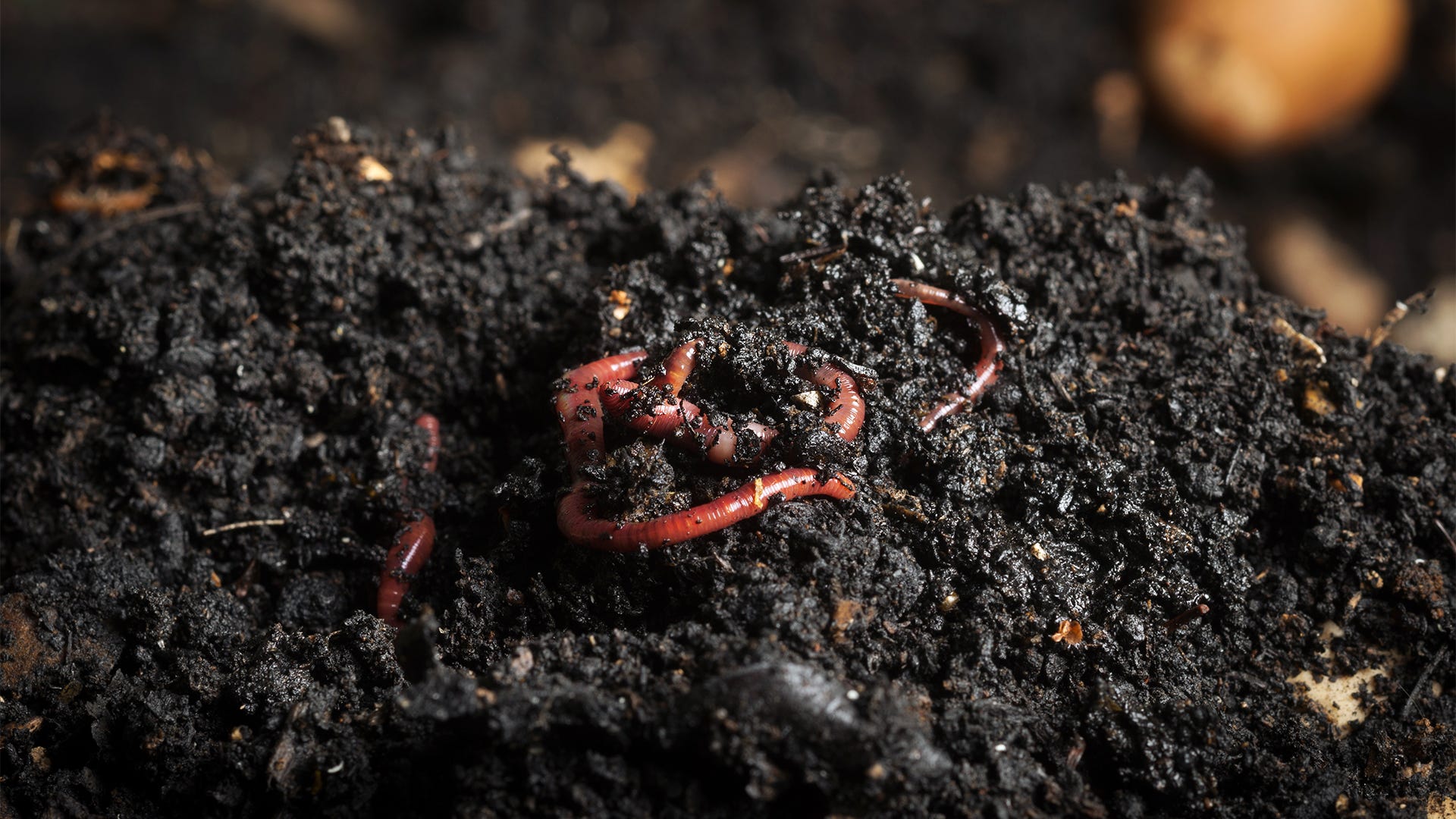Efficient red wigglers: Create less waste
Efficient red wigglers: Create less waste
Blog Article
The Ultimate Guide to Red Wigglers for Healthy And Balanced Dirt
The function of red wigglers, medically recognized as Eisenia fetida, in dirt wellness is a topic of raising rate of interest amongst lasting gardening enthusiasts and agricultural professionals alike. These microorganisms not only recycle organic waste however likewise improve soil fertility via their nutrient-rich spreadings.
What Are Red Wigglers?
Red wigglers, medically called Eisenia fetida, play an important function in composting and soil health. These earthworms are especially appropriate for vermicomposting, a process that utilizes their all-natural actions to decay raw material properly. Unlike other earthworm species, red wigglers thrive in rich organic environments, making them ideal for garden compost containers and worm farms.
Measuring regarding 3 to four inches in length, red wigglers have an unique reddish-brown pigmentation and a segmented body that helps in their mobility through decomposing materials. They are detritivores, implying they eat rotting natural compounds, including kitchen scraps, plant particles, and paper items. red worms. Via their usage of these products, they assist break down intricate substances, transforming them into nutrient-rich spreadings that improve dirt quality
Red wigglers are also respected breeders, with the ability of replicating quickly under ideal problems. Their versatility to various environments allows them to flourish in a variety of composting systems. By understanding the biology and eco-friendly value of red wigglers, garden enthusiasts and farmers can harness their capabilities to boost soil health and promote sustainable practices in agriculture.

Advantages of Red Wigglers
The countless advantages of incorporating red wigglers into composting practices substantially boost dirt health and fertility. These earthworms, scientifically referred to as Eisenia fetida, succeed at breaking down organic matter, transforming kitchen area scraps and lawn waste right into nutrient-rich vermicompost. This procedure not only accelerates disintegration however also improves the soil with essential nutrients such as nitrogen, phosphorus, and potassium.
Furthermore, red wigglers enhance dirt structure by producing accumulations that help with oygenation and water retention. Their burrowing tasks promote a well-aerated environment, allowing origins to gain access to oxygen a lot more successfully. This enhanced oygenation likewise promotes advantageous microbial activity, which is crucial for nutrient biking and general soil vigor.
In addition to improving dirt structure and structure, red wigglers add to pest management. Their visibility in the dirt aids subdue unsafe nematodes and other parasites, minimizing the demand for chemical interventions. The application of vermicompost leads to raised plant strength against red wiggler worms conditions, promoting much healthier growth.
Setting Up a Worm Bin
Establishing a worm bin can be a fulfilling venture for those seeking to boost their composting initiatives. The very first step is choosing a proper container, ideally made of plastic or timber, with a capability of at the very least 10 gallons to accommodate the worms and their food. Make certain the container has appropriate ventilation-- pierce small openings in the cover and sides to promote airflow while preventing excess dampness build-up.

Present the red wigglers into the bin, allowing them to accustom to their new environment. Ideally, start with a populace of concerning one extra pound of worms per square foot of surface location. Position the worm bin in a location that maintains a steady temperature, ideally in between 55 ° F and 77 ° F. With these foundational steps, your worm bin will be ready to flourish in the quest of healthy dirt.
(buy red wiggler worms)
Feeding Your Red Wigglers
When it comes to nurturing red wigglers, recognizing their dietary needs is crucial for preserving a healthy and balanced worm container. These worms grow on a varied diet regimen, mainly made up of organic issue.
Section control is crucial; overfeeding can cause smell problems and bring in insects. A great guideline is to provide food that is approximately equivalent to the weight of the worms in the bin each week. Monitor the intake rate and adjust feeding quantities as necessary.
To promote a well balanced diet regimen, goal to provide a mix of nitrogen-rich greens, such as veggie peels, and carbon-rich browns, such as dried fallen leaves or cardboard. Furthermore, keeping proper moisture degrees is essential-- food scraps need to perspire but not soggy - red worms. By carefully handling their diet and environment, you will make certain that your red wigglers remain healthy and balanced and productive, contributing successfully to the composting process
Making Use Of Worm Castings in Dirt
Including worm spreadings into dirt can significantly improve its health and wellness and fertility. Worm castings, also called vermicompost, are a rich source of nutrients, consisting of nitrogen, phosphorus, and potassium, crucial for plant growth. When added to dirt, these castings boost its framework by boosting aeration and enhancing dampness retention, which is specifically useful in dry regions.
In addition, worm spreadings present helpful bacteria that promote a healthy and balanced dirt environment (red worms). These microbes aid in damaging down raw material, making nutrients quicker available to plants. The visibility of these microorganisms additionally assists reduce soil-borne conditions, lowering the need for chemical fertilizers and chemicals
To use worm spreadings properly, mix them right into the top few inches of soil before planting or use them as a top clothing around established plants. A suggested application rate has to do with 10-20% spreadings blended with dirt to maximize nutrient schedule without frustrating the plants.
Final Thought
In final thought, red wigglers, or Eisenia fetida, play a critical function in enhancing dirt health with their vermicomposting activities. Eventually, the integration of red wigglers right into soil administration techniques advertises lasting farming by minimizing reliance on chemical fertilizers and promoting valuable microbial activity.
Report this page